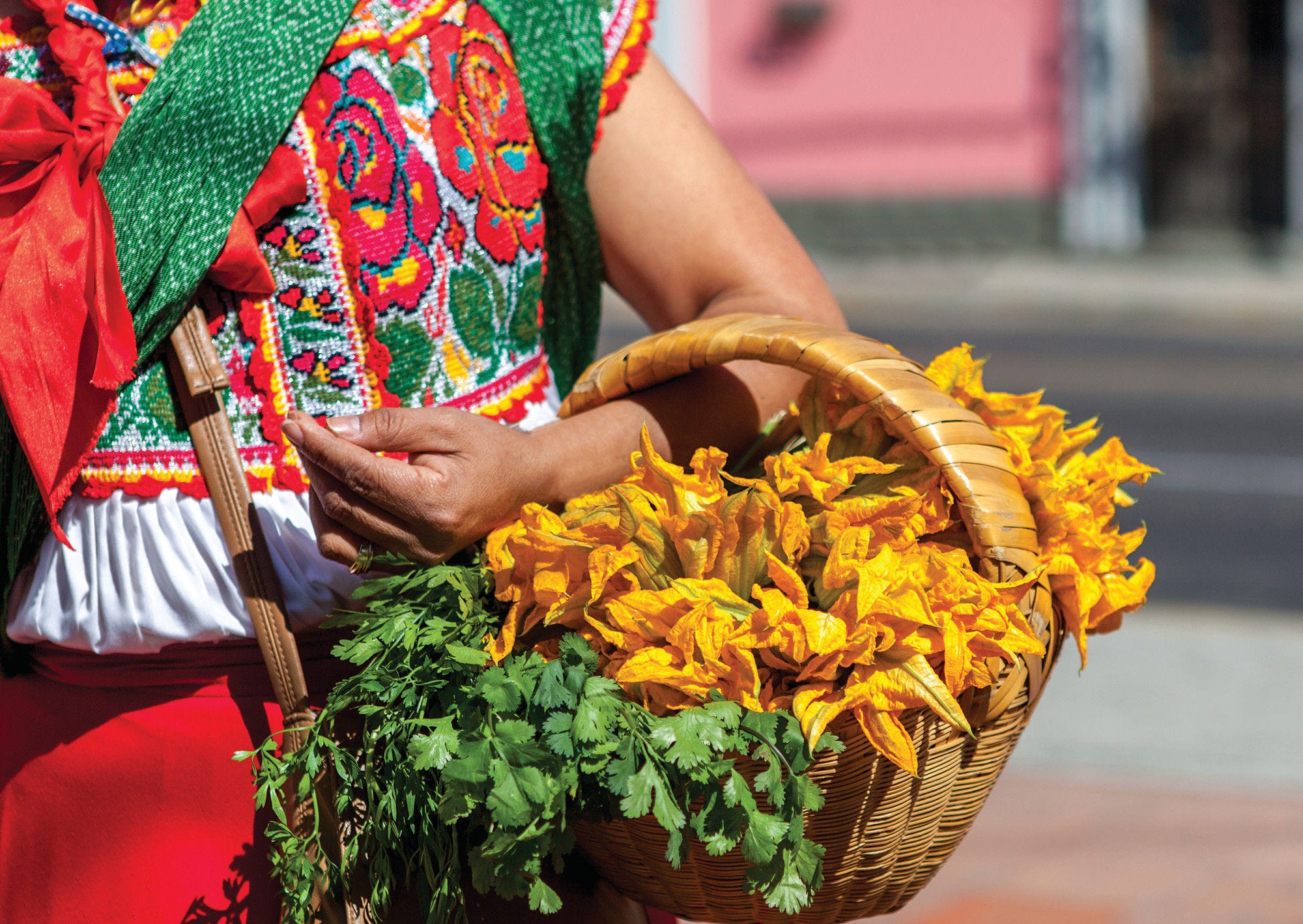The health of both mothers and their babies benefit from antenatal care, delivery attended by skilled health professionals and access to health facilities for delivery as they reduce the risk of birth complications and infections (see indicators “Reproductive health”, “Preterm births and low birthweight” and “Infant and young child feeding” in Chapter 4) (Measure Evaluation, 2019[13]). The Sustainable Development Goal 3.7 aims to ensure universal access to sexual and reproductive health care services, including for family planning, information and education, and the integration of reproductive health into national strategies and programs by 2030.
In 29 LAC countries, most pregnant women – on average, 87% – received the recommended four visits, but access to antenatal care varies across countries and across socio-economic groups (Figure 5.15). Countries such as Uruguay and Peru have nearly complete coverage in average for the population (over 95% of four antenatal visits), but inequalities exist: mothers in the lowest income quintile had around 4 and 8 percentage points of less coverage, respectively, compared to mothers in the highest income quintile. At the other end, in Haiti and Suriname, the average coverage of four antenatal care visits is less than 70%. Furthermore, Haiti has the largest inequality among countries with data with almost 36 percentage points of difference between the lowest and the highest income quintile mothers. Trinidad and Tobago shows a high coverage and the lowest income inequality.
Most women (93% in average) had births attended by a skilled health professional such as a doctor, nurse or midwife in 29 LAC countries (Figure 5.16). However, less than one birth in two in Haiti and one in four in Guatemala are attended by a skilled health professional, with most deliveries assisted by untrained birth attendants. Traditional birth attendants are important in several other countries especially in rural settings. Inequalities between mothers in the lowest and the highest income quintile are the largest in Haiti and Guatemala, showing a difference of 69 and 57 percentage points of higher coverage, respectively, in favor of the richest group. The lowest inequality is found in Barbados and Uruguay, both having a similar high coverage across all socio-economic groups.
Delivery in health facilities varies across countries (Figure 5.17). In 11 LAC countries with data, 86% of deliveries occurred in established health care facilities. In Cuba, Dominican Republic, El Salvador, Colombia, Belize and Mexico over 96% of deliveries take place at a health facility. In Haiti, most deliveries take place at home (60%) and the rate is also high in Guatemala (34%) and slightly less so in Honduras (17%) and Peru (15%).
The Integrated Management of Pregnancy and Childbirth (IMPAC) is a package of guidelines and tools designed by WHO, which responds to key areas of maternal and perinatal health programmes, advocating for universal coverage and ensuring skilled care at every birth within the context of a continuum of care (WHO, 2019[14]). Countries can follow this guide to effectively address issues such as pre-eclampsia and eclampsia; postpartum haemorrhage; postnatal care for the mother and baby; newborn resuscitation; prevention of mother-to-child transmission of HIV; HIV and infant feeding; malaria in pregnancy, tobacco use and second-hand exposure in pregnancy, post-partum depression, post-partum family planning and post abortion care (WHO, UNFPA, UNICEF, World Bank, 2015[15]).



